The Word for World is Image
A comic artist and an illustrator draw out discussions about comics, illustration, and power. By Charis Loke and Max Loh.
WORDLESS GRAPHIC NOVELS


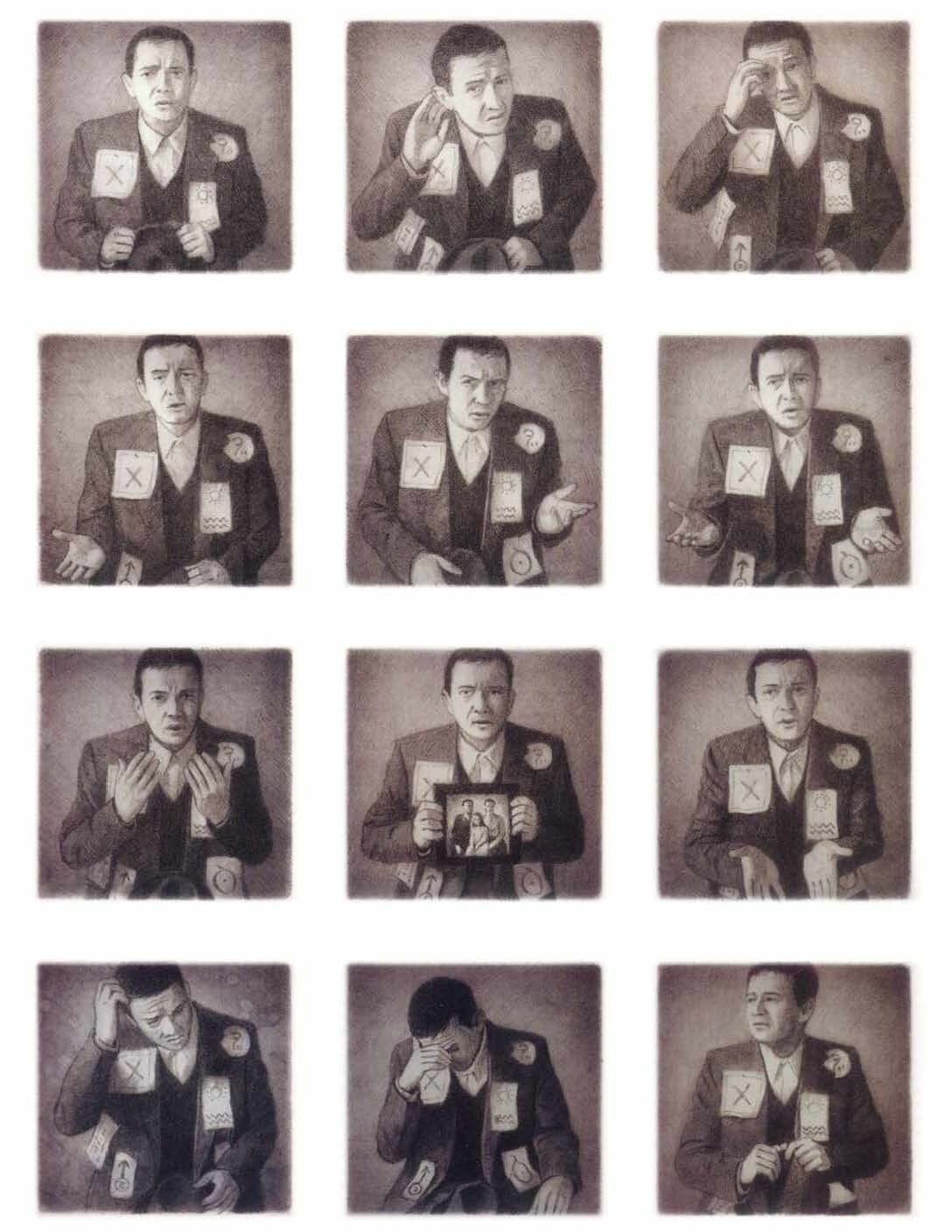
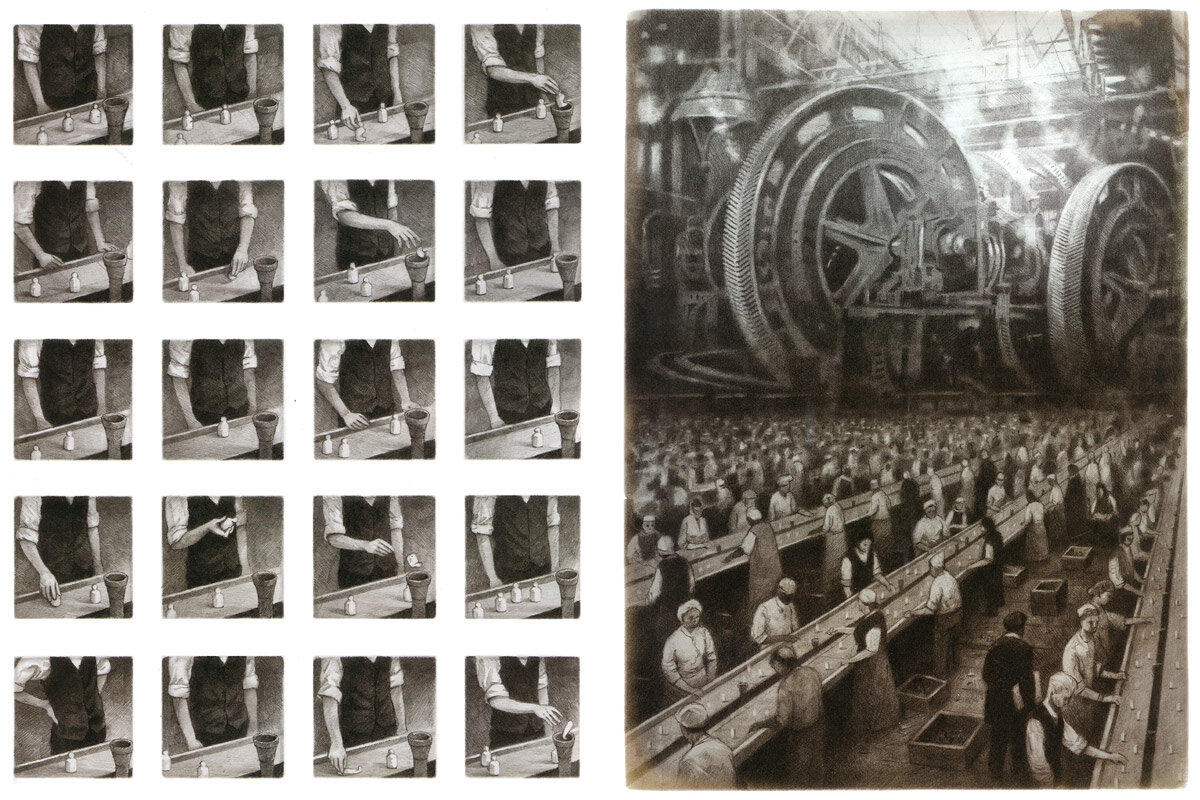
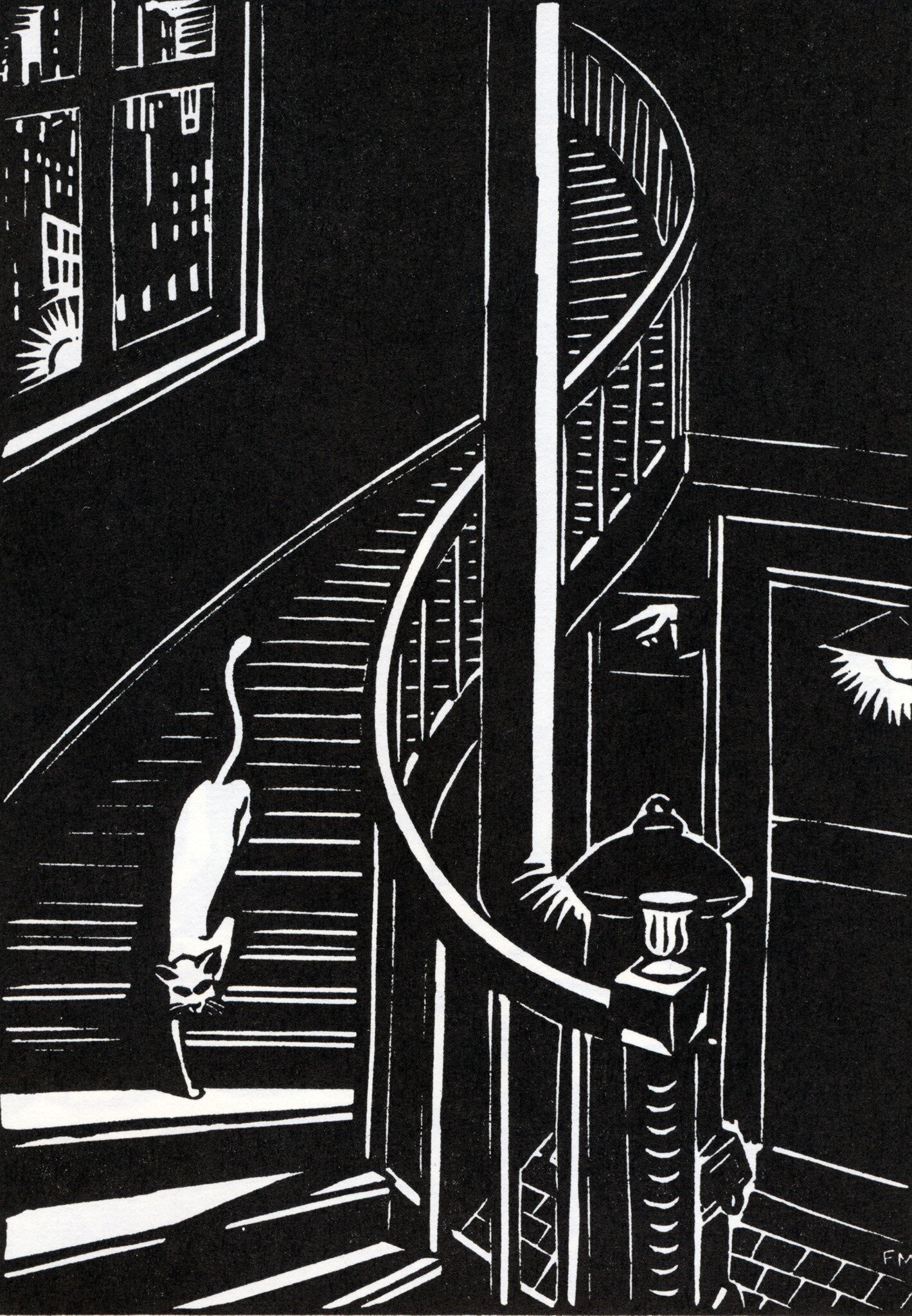


COMICS AND ILLUSTRATIONS THAT INCORPORATE ANIMATION, AUDIO, INTERACTIVITY

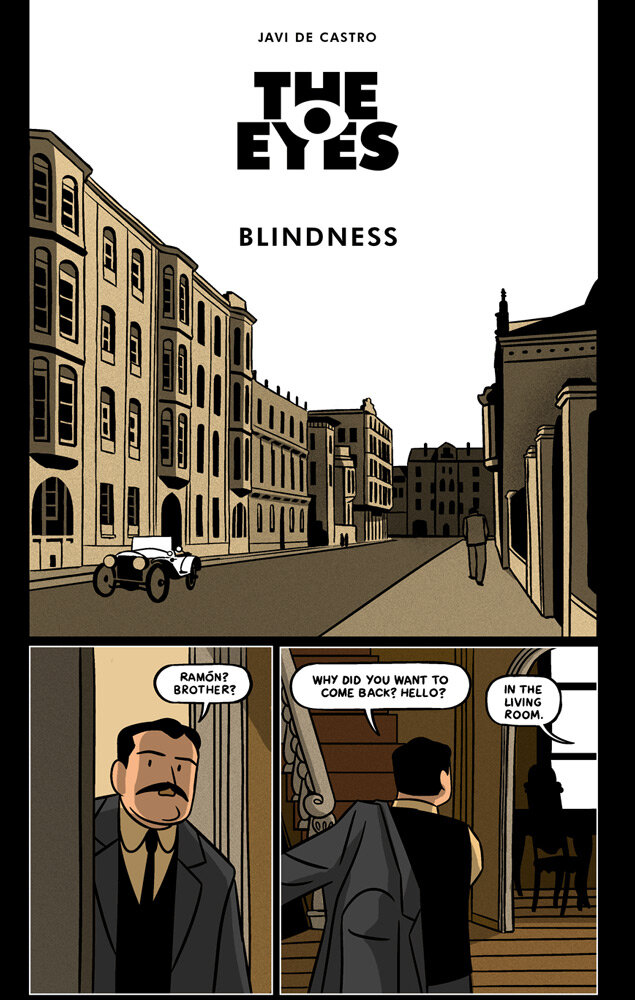

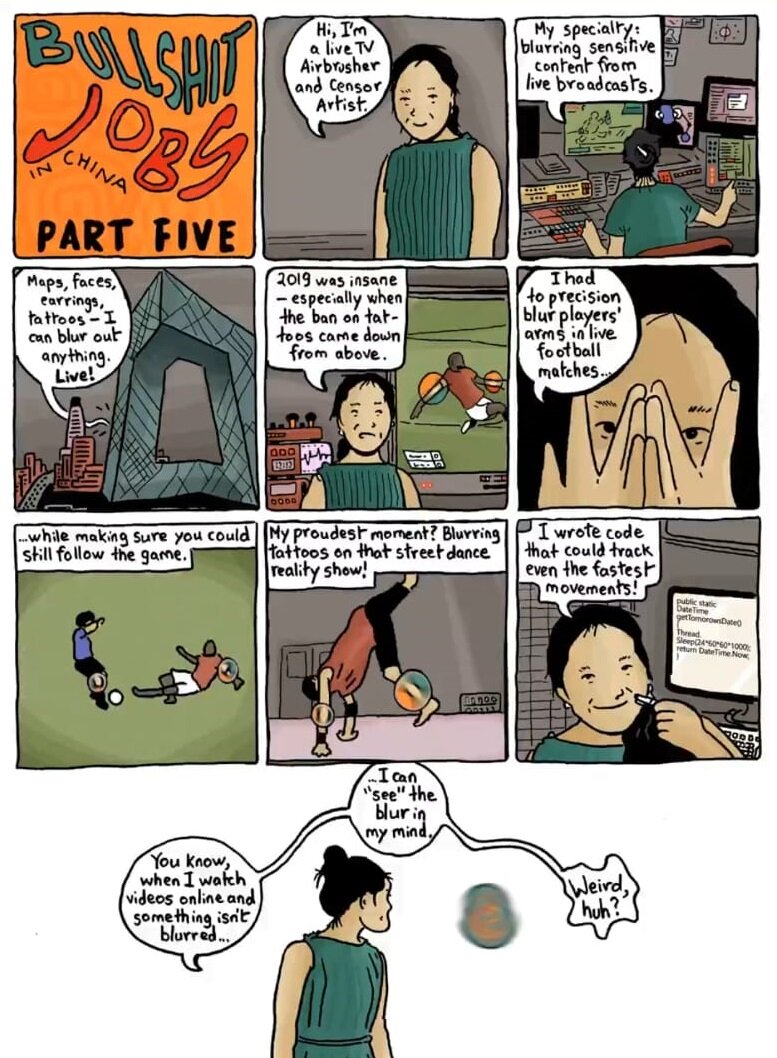
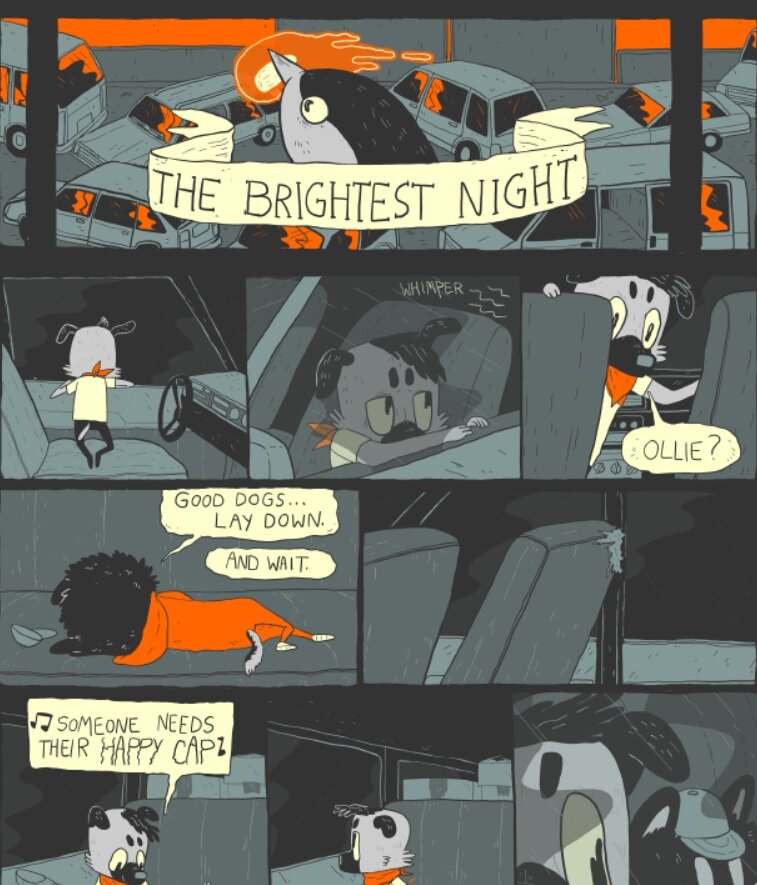
COMICS, ILLUSTRATIONS, OR BOTH (OR MORE*)?
*includes other forms like prose, photographs, etc.



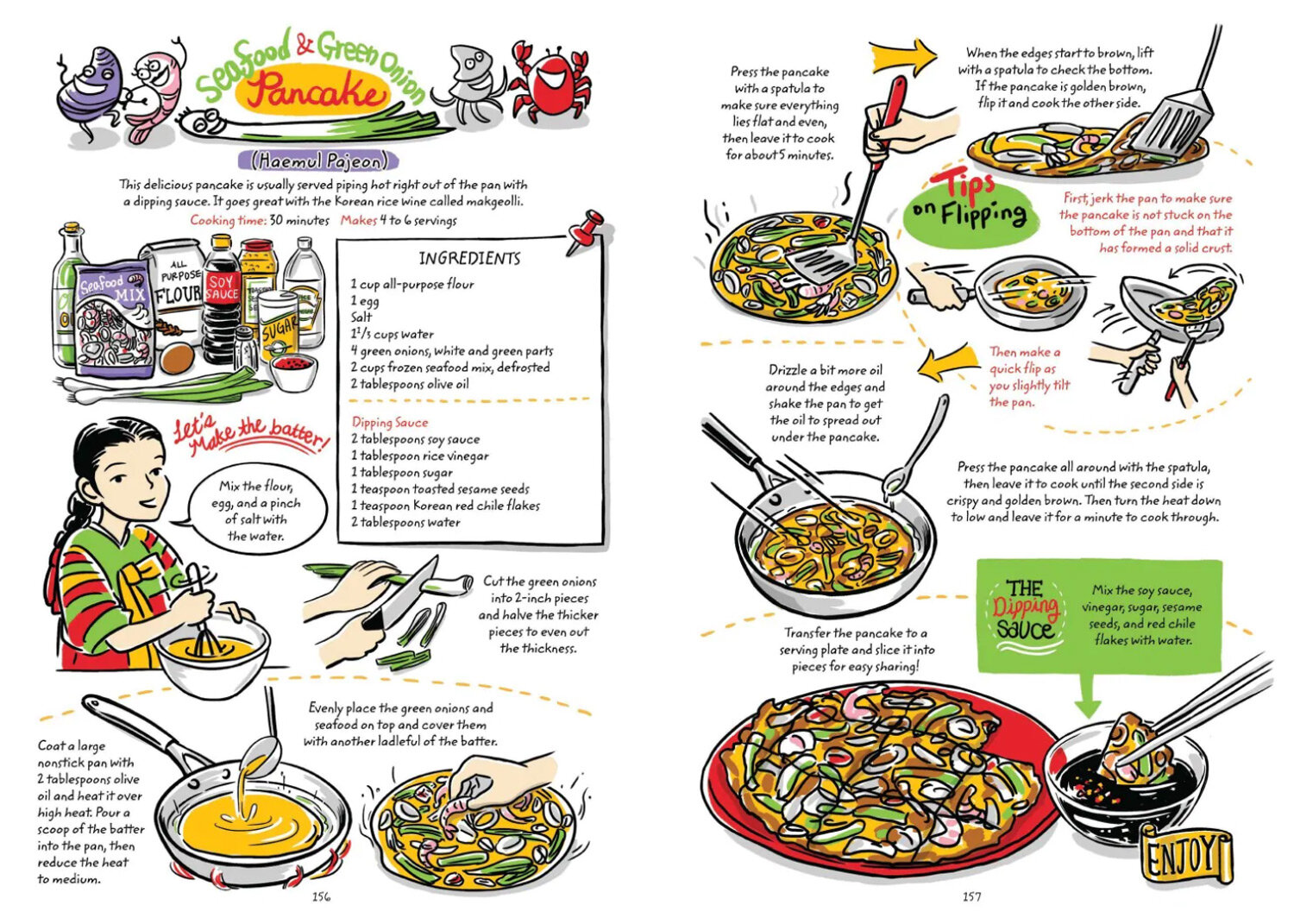



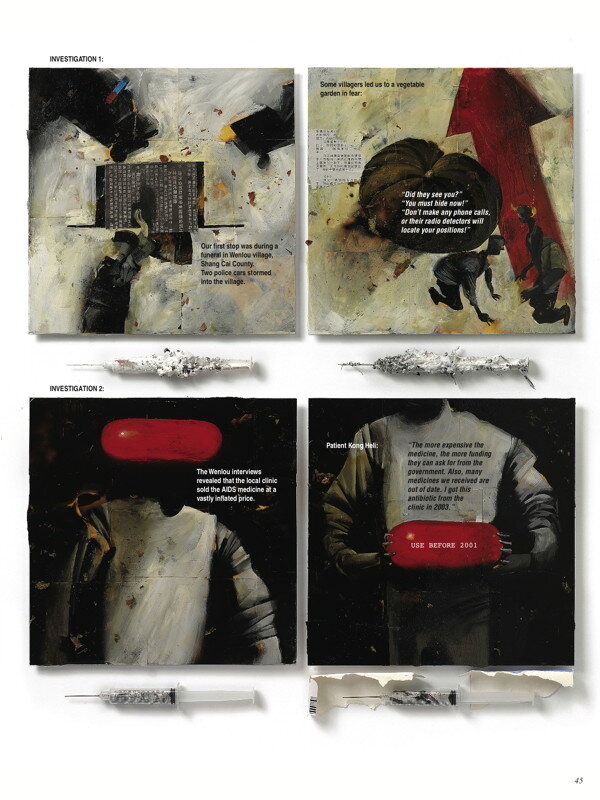
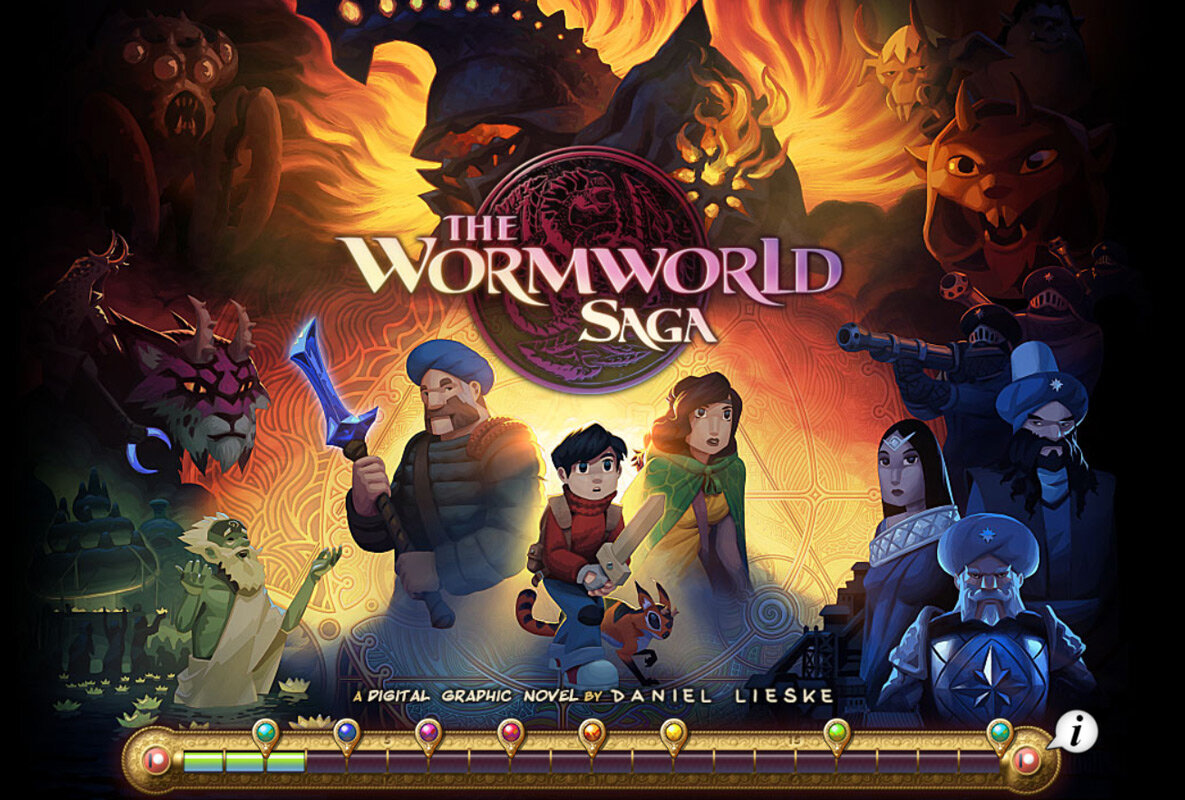

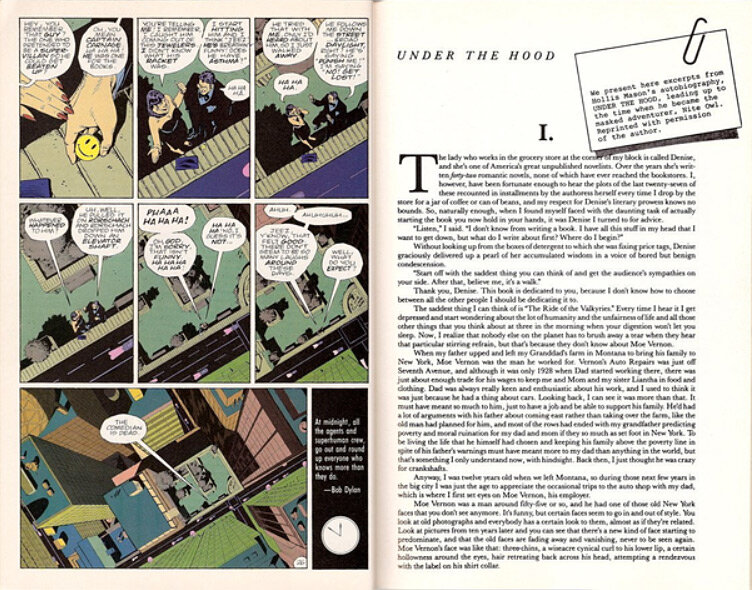
Writing and art © Charis Loke, Max Loh
If you’re an educator and would like to use this as reading/discussion material in your teaching, please do—and let us know what you think!
FOOTNOTES & SOURCES
For lucid writing about how drawing begins with seeing, see John Berger’s essays Drawing is The Basis of All Painting and Sculpture and To Take Up Paper, To Draw. Both are collected in Landscapes, published by Verso.
From L to R: cave paintings, the Codex Quetzalecatzin, Jain cosmological maps, wayang beber storytelling scrolls, Zheng He’s nautical maps, Persian miniature paintings, Marie Neurath’s science illustrations for children’s books, Ernst Haeckel's Kunstformen der Natur, W. E. B. DuBois’ infographics, protest art from the Hong Kong Umbrella Revolution. See also History of Illustration, ed. Susan Doyle, Jaleen Grove, Whitney Sherman, with comprehensive and diverse chapters that span the globe.
Tim Clark, Head of the Japanese Section of the British Museum shares his thoughts on Hokusai’s ukiyo-e woodblock prints and its relationship to manga. See also this page on the Trajan Column.
Lynda Barry’s quote is taken from page one of her excellent book Making Comics which contains activities, lessons, and hard-won wisdom accumulated from her many years of drawing comics; she regularly teaches both children and adults who have never drawn comics before in their lives.
For more on illustration as a social signifier and social force, see “Chapter 25: Understanding Illustration – Process, Perception, and Profession: The Legitimacy” by Jo Davies in A Companion to Illustration, ed. Alan Male.
A simple and effective way to start learning about the visual grammar of images is Picture This: How Pictures Work by Molly Bang. Highly recommended for both children and adults!
See this Twitter thread by Reimena Yee where she compiles visual-literary devices in comics. Essentially, ways in which visual elements (‘words’) can be combined (to make ‘sentences’).
See this eyeondesign.aiga.org article for an introduction to Masereel’s The City, and read Shaun Tan’s explanation of his visual storytelling choices in The Arrival.
Understanding Comics by Scott McCloud is the book on comics. The portion referenced here is from page 6 of this book.
This way of thinking about makers and users of different representations comes from Telling About Society by Howard Becker.
In putting this together we were influenced by Howard Becker’s Art Worlds.
Karen MacPherson, a librarian, argues in this succinct article that comics are real books.
Based on a comic by KC Green.
Alicia Kennedy, a food writer who now runs a successful Substack newsletter, deftly unpacks the challenges she faces in the face of prestige, which is closely related to legitimacy.
An article in the Columbia Journalism Review casting a critical eye on Substack, wondering if it has replicated the flaws of traditional publishing in a newsletter format. It goes beyond comics, illustration, and food writing y’all.
‘Collaboration’ is a word that is thrown around a lot—consider if you as a writer are just looking for a hired pencil, or an equal contributor in terms of ideas and concepts.
If you are convinced that you cannot draw, don’t know what to draw, or how to tell a story, pick up Making Comics by Lynda Barry, which was already mentioned in a previous section. Consider this a second gentle reminder.
Drawing Words & Writing Pictures by Jessica Abel & Matt Madden is literally a step-by-step textbook which breaks down the process for absolute beginners with further self-study and practical exercises. A great accompaniment to Lynda Barry’s book.
RECOMMENDATIONS
Jillian Tamaki makes both illustrations and comics (Please check out her latest children’s book Our Little Kitchen which is a joy to read for adults and children alike). She also offers some great free learning resources on her website.
Zao Dao is an illustrator and comics artist from China whose work incorporates Chinese brushwork often seen in Chinese landscape paintings. Her first English-translated work Cuisine Chinoise: Tales of Food and Life has been published earlier this year by Dark Horse Comics.
Eleanor Davis does a lot of introspective comics on big issues. Her books include The Hard Tomorrow (highly recommended), How To Be Happy (some very meta and deliciously weird short comics), You, A Bike & A Road, and Why Art?.
Shaun Tan has created wordless graphic novels (The Arrival), illustrated/sculpted microfiction (The Singing Bones), illustrated fiction (Tales of the Inner City), and other storytelling forms; he’s a master of his craft. See his drawn interview with Der Spiegel.
The Art of Charlie Chan Hock Chye by Sonny Liew (triple Eisner Award-winner) is not just a fictional autobiographical meta-narrative about Singaporean history; it also serves as an introduction to various comics and artforms of different time periods.
Here’s an example of a graphic novel from India; there are growing, talent-filled comics industries across Southeast Asia as well. Shout out to Reimena and Erica, nominated for and winner of recent Eisner Awards for Webcomics respectively.
No matter your skill level or comics knowledge, Graphic Storytelling and Visual Narrative by Will Eisner (the person whom the Eisner Awards is named after) is a great study of his storytelling techniques.
It might be difficult to get your hands on Even a Monkey Can Draw Manga by Koji Aihara & Kentaro Takekuma, but this extreme parody of the manga-making process is simultaneously hard hitting and painfully funny.
All the comics, books, and illustrators already mentioned in the body of this piece.
ACKNOWLEDGEMENTS
Our thanks to everyone who made this piece possible, whose work and ideas we are drawing from, and with whom we’ve had many conversations containing the seeds of what you see here:
Sing Lit Station
Melizarani and Cheyenne, our editors, for commissioning it and trusting us
Pat Grant, Elizabeth McFarlane, Thi Bui, and the 2017 Jogjakarta Comics Art Workshop gang, especially Eleri Harris who gave valuable feedback on this piece
Kamille Areopagita, Shof Coker, Melissa Gay, and the rest of Team Minke from the Light Grey Art Lab Iceland residency
New Naratif comic artists and illustrators; it’s an honour to work with and learn from you
MA Visual Sociology folks at Goldsmiths; the readings, discussions, lectures, and peer presentations influenced this piece in many ways
OUR TEXT BIOS AS REQUESTED BY THE EDITORS
/ Charis Loke illustrates stories, issues, garments, and maps.
Her work draws upon literature and visual culture, exploring both real and fictional worlds. She is the Comics & Illustrations Editor at New Naratif and a committee member of Arts-ED, where she works on community-engaged arts and culture education for youth. Along with Budjette Tan, Charis co-edited the recently-published SOUND: A Comics Anthology, featuring 13 comics by Southeast Asian creators.
Upon discovering The Arrival in a school library at the age of 17, she fell in love with visual storytelling. She has since drawn street protests, market communities, election rallies, in the jungle, on a boat, by a glacier. Charis has taught drawing to teens, medical students, and adults. She believes that a rising tide lifts all boats and engages in capacity-building for illustrators and comics artists.
[http://charisloke.com] [Twitter: @charisloke]
/ Max Loh is a comics maker and voracious eater.
He is a founding member of UNNAMED and the co-author of the graphic novel, We'll Eat When We're Done with Dave Chua. He has been published by The Nib, New Naratif, Image Comics, and Maplé Comics. His latest work is a feature piece in The Nib’s Pandemic issue, weaving his personal and professional challenges with Malaysia’s questionable handling of underserved communities in the face of COVID-19.
He is currently still slowly making his way through his 2020 reading list while juggling his day job and other short projects along the way (like this collaborative article). His long-term comics project is focused on the foodways in Southeast Asia and beyond, where he hopes to contextualize food issues while celebrating the joy of eating.
[Facebook] [Twitter: @maxsterism/@paperperil]



